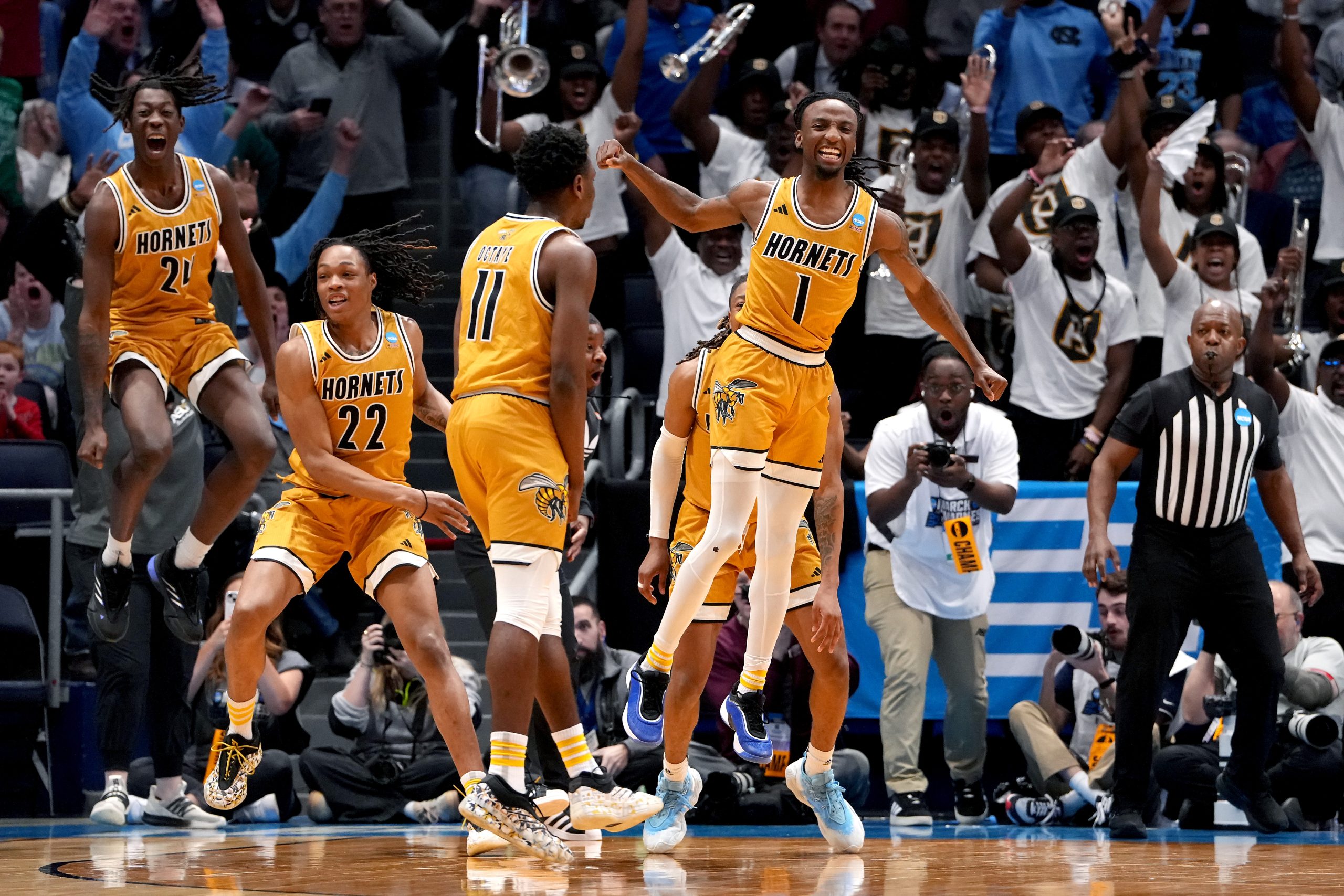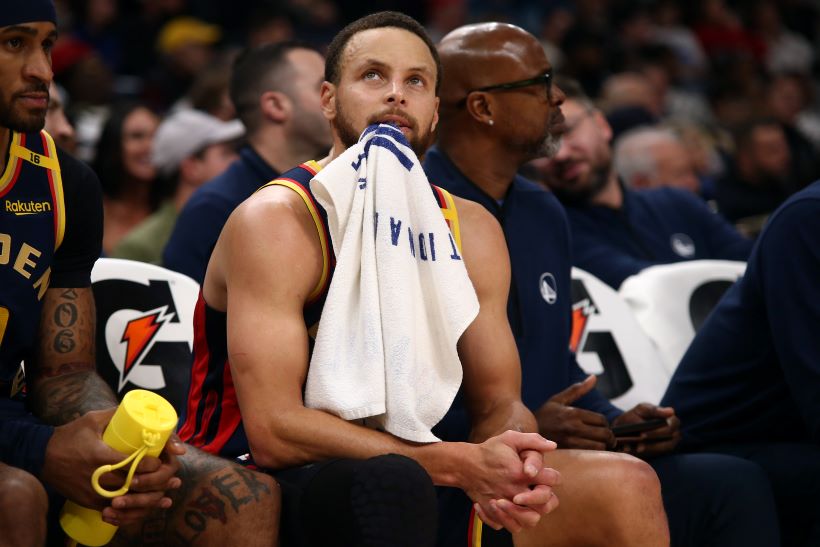Daniel Dunn-USA TODAY Sports
The Lakers traded three second-round picks to take a flier on Hachimura over the second half of the season. If he plays well, the Lakers can re-sign him, which is their plan, according to Wojnarowski. He is set to enter restricted free agency provided they tender him a $7.7 million qualifying offer. The Lakers projected luxury tax penalty rose slightly from this deal and currently sits at $44.2 million.
The bigger aspect of this deal yet to be determined is how this impacts their offseason plans. The Lakers are projected to have $30 million in cap space this coming offseason, but re-signing Hachimura would cut into that amount significantly. In fact, the amount that could be deducted could be high enough to take them out of the cap space derby and have them operate as an over-the-cap team.
As argued last week, there are benefits for the Lakers to trade for players that they would like to have on the roster next year now instead of taking their chances in free agency. They could trade for more players like Hachimura on expiring contracts and re-sign them this offseason with their Bird rights if they fit in well this season. They could also trade for players under contract for next season, which would help keep them in the mix for July trades. Depending on the types of long-term contracts they take back, perhaps they can even get assets attached.
For now, cap space is still an option since they could let Hachimura walk if it doesn’t work out with him. But the Lakers could look to trade other expiring contracts like Russell Westbrook and Patrick Beverley for multiple players who fit the criteria mentioned above.
As an over-the-cap team, they could go into the season with more role players on mid-sized deals while also being able to re-sign players like Hachimura, Lonnie Walker, Austin Reaves, and Wenyen Gabriel. They could also use a larger mid-level exception (MLE) amount to sign someone, either the $11.4 million non-taxpayer or the $7 million taxpayer, versus the $5.8 million room mid-level exception.






